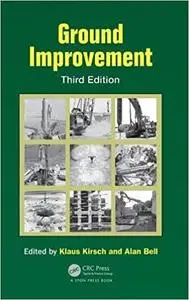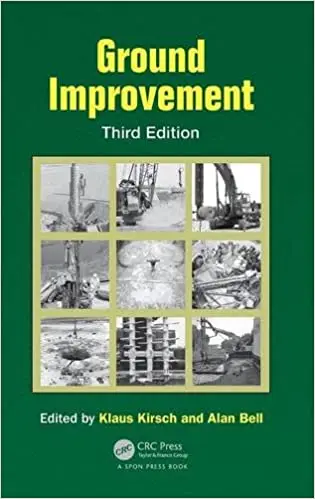Klaus Kirsch, "Ground Improvement Ed 3"
English | ISBN: 0415599210 | 2012 | 511 pages | PDF | 12 MB
English | ISBN: 0415599210 | 2012 | 511 pages | PDF | 12 MB
When finding another location, redesigning a structure, or removing troublesome ground at a project site are not practical options, prevailing ground conditions must be addressed. Improving the ground―modifying its existing physical properties to enable effective, economic, and safe construction―to achieve appropriate engineering performance is an increasingly successful approach. This third edition of Ground Improvement provides a comprehensive overview of the major ground improvement techniques in use worldwide today. Written by recognized experts who bring a wealth of knowledge and experience to bear on their contributions, the chapters are fully updated with recent developments including advancements in equipment and methods since the last edition.
The text provides an overview of the processes and the key geotechnical and design considerations as well as equipment needed for successful execution. The methods described are well illustrated with relevant case histories and include the following approaches:
Densification using deep vibro techniques or dynamic compaction
Consolidation employing deep fabricated drains and associated methods
Injection techniques, such as permeation and jet grouting, soil fracture grouting, and compaction grouting
New in-situ soil mixing processes, including trench-mixing TRD and panel-mixing CSM approaches
The introductory chapter touches on the historical development, health and safety, greenhouse gas emissions, and two less common techniques: blasting and the only reversible process, ground freezing. This practical and established guide provides readers with a solid basis for understanding and further study of the most widely used processes for ground improvement. It is particularly relevant for civil and geotechnical engineers as well as contractors involved in piling and ground engineering of any kind. It would also be useful for advanced graduate and postgraduate civil engineering and geotechnical students.



